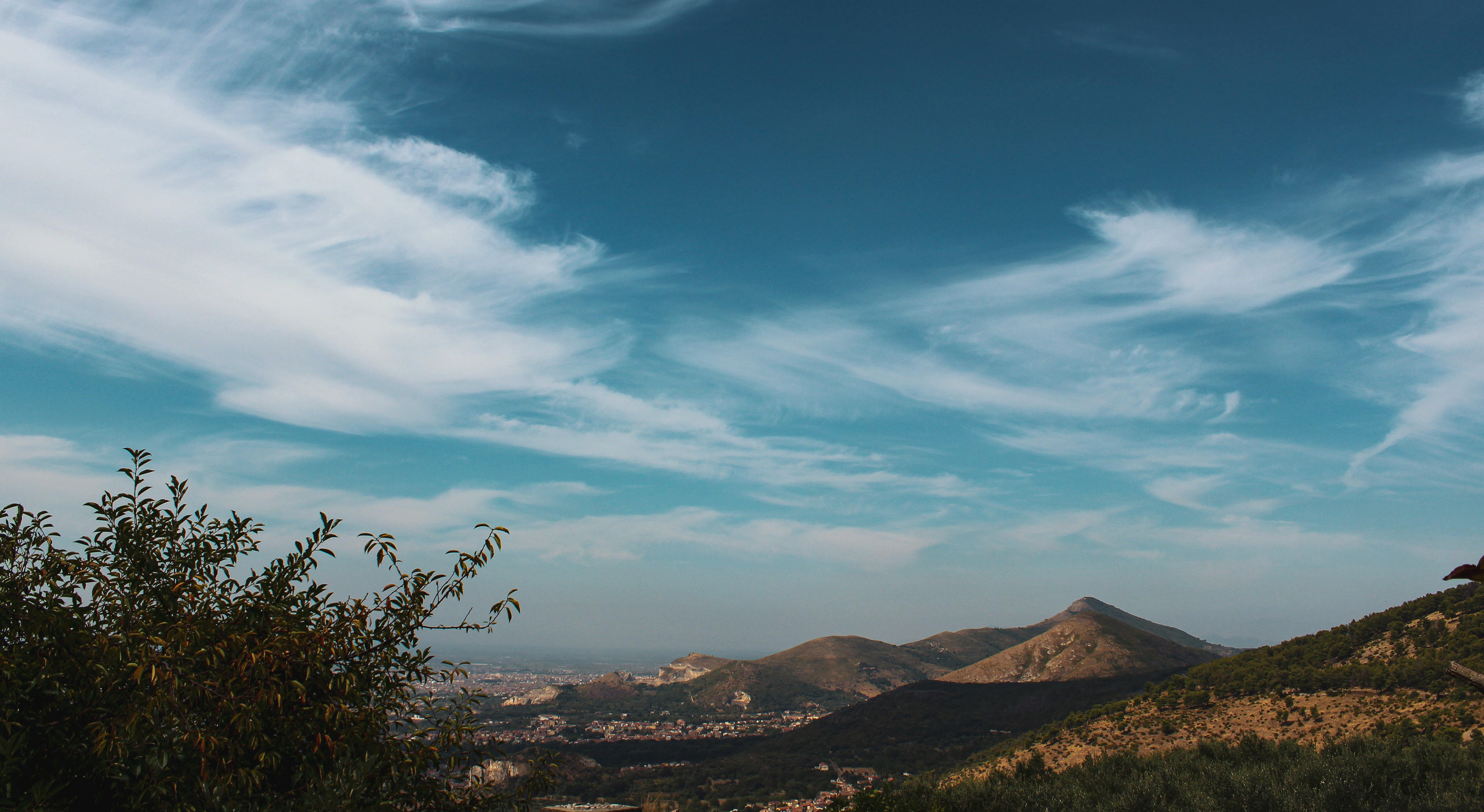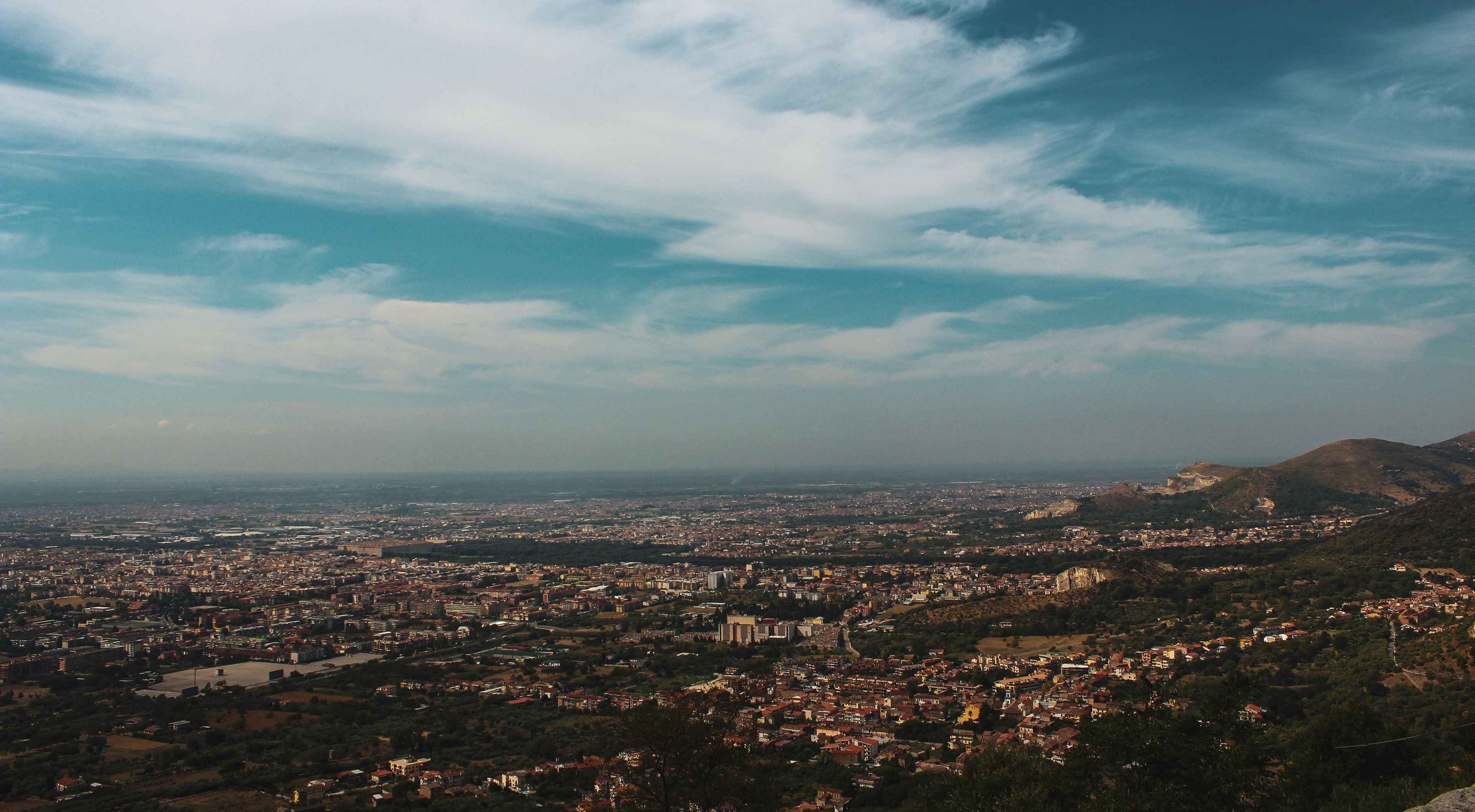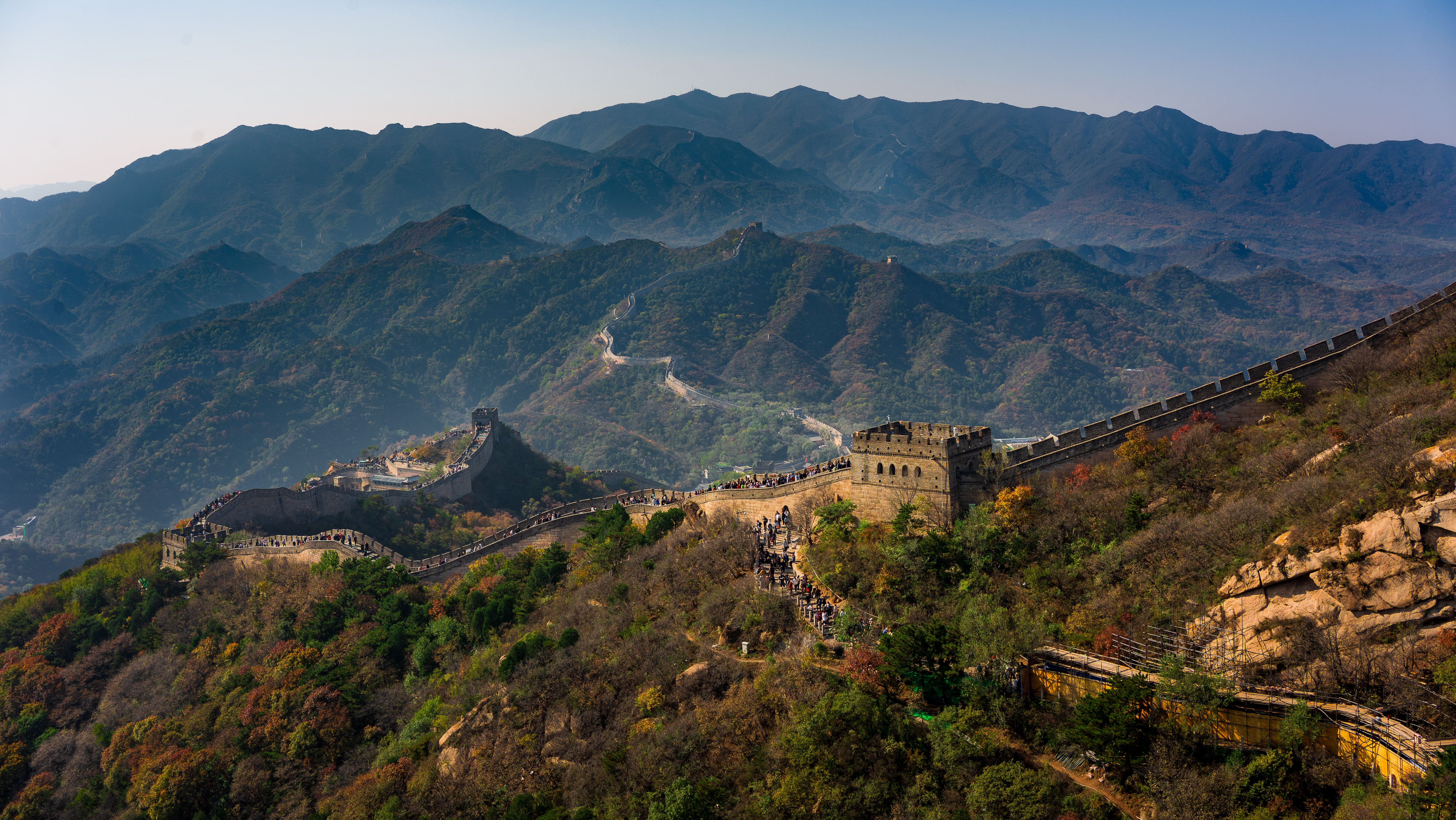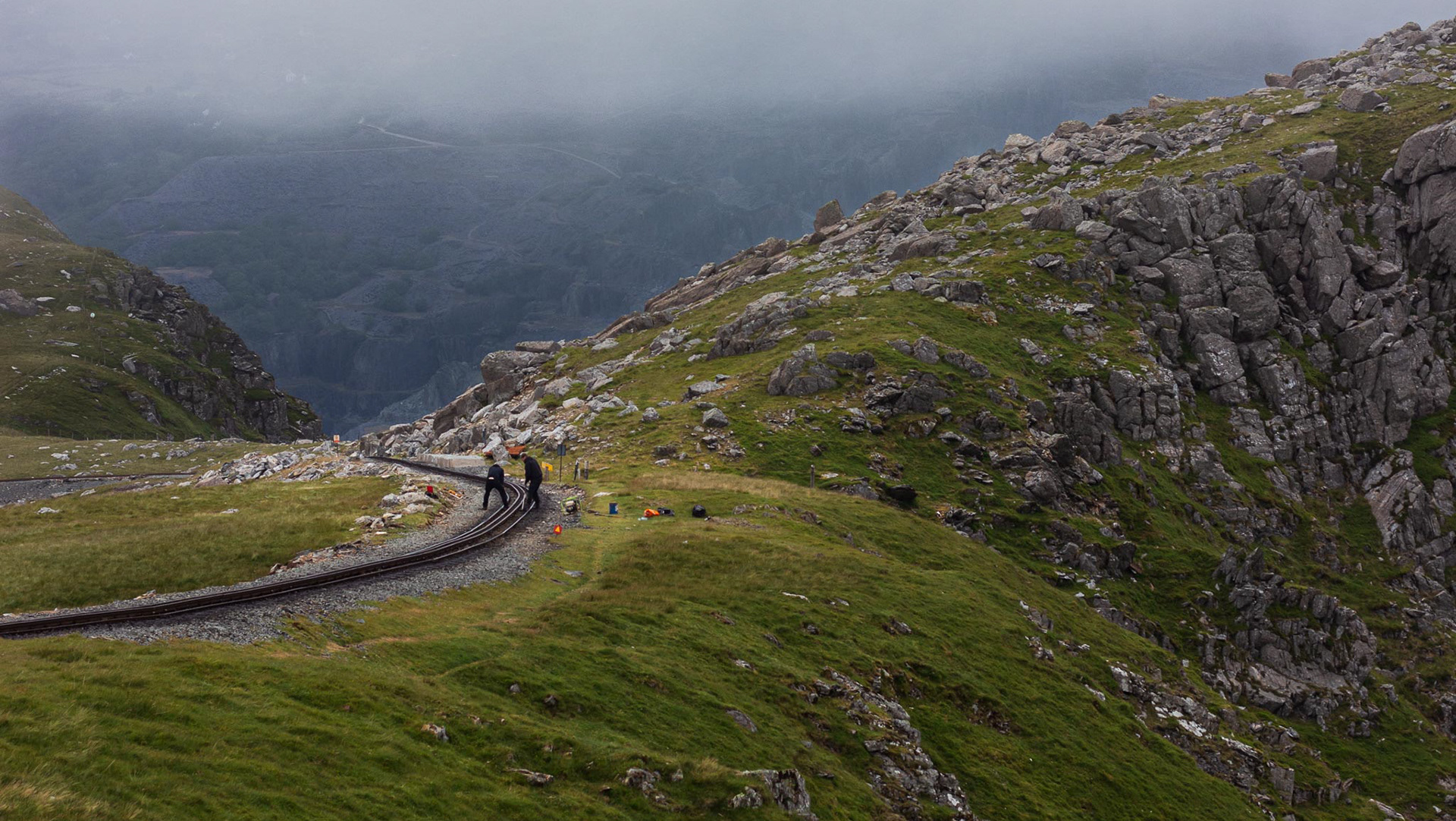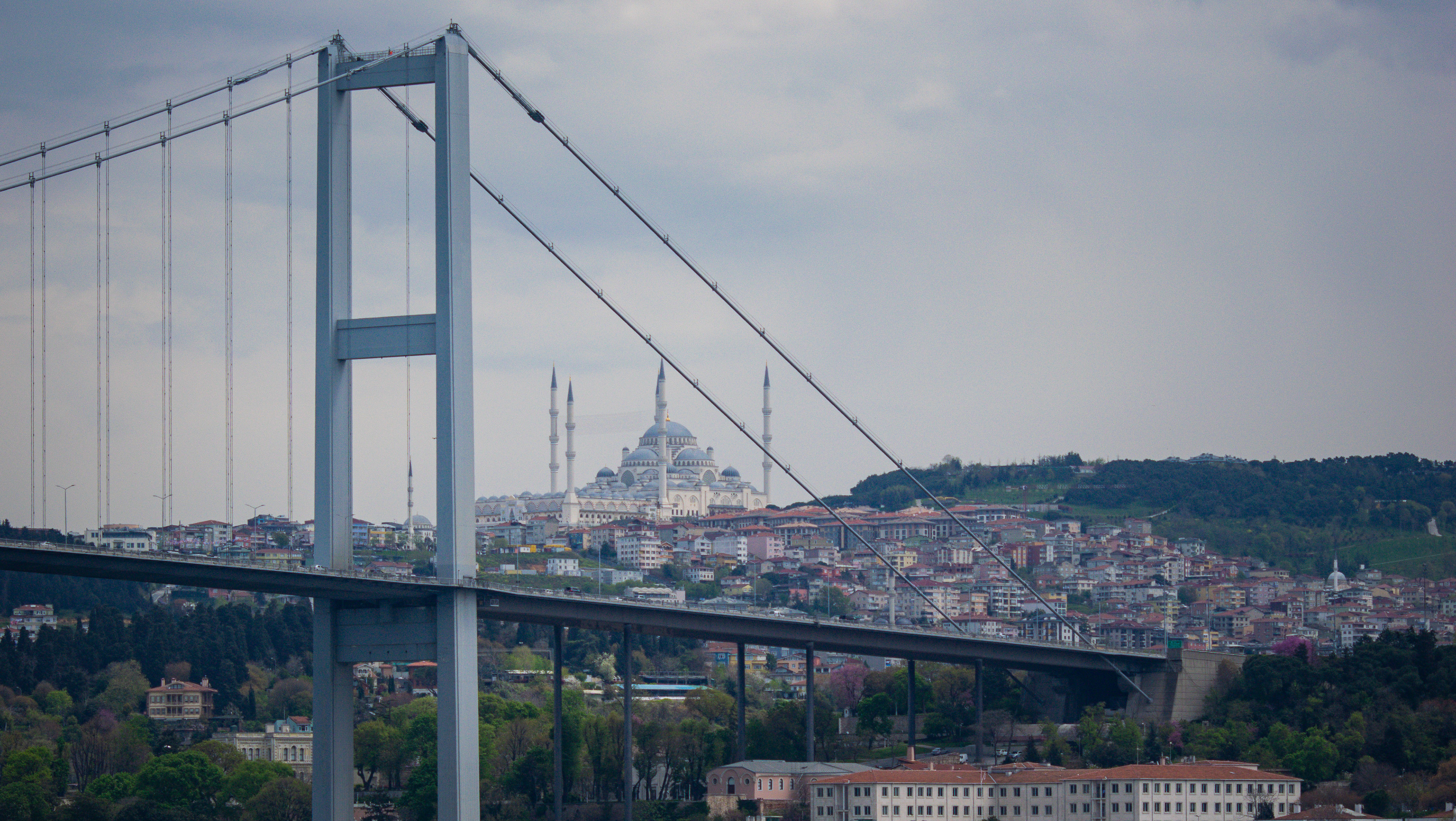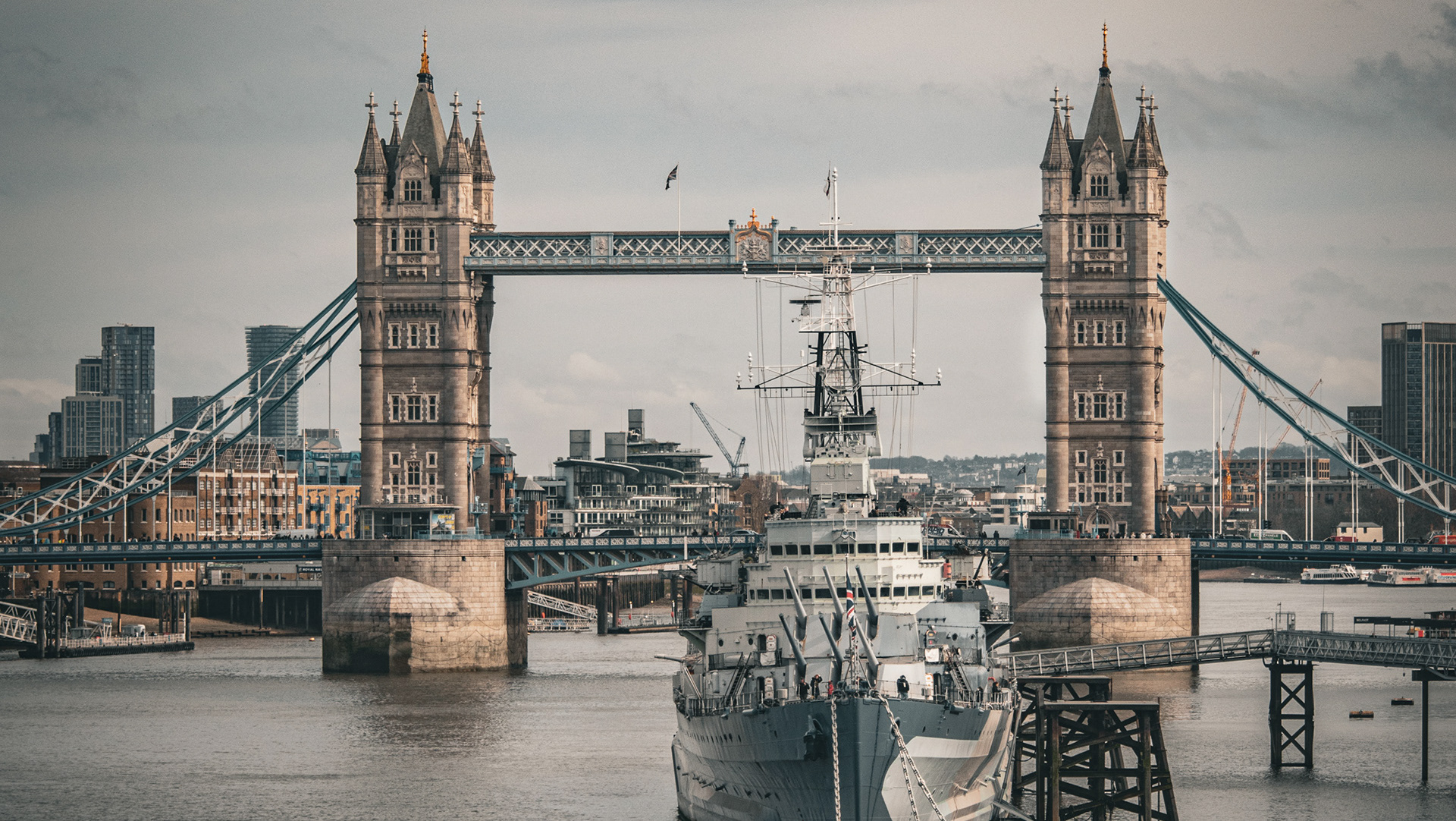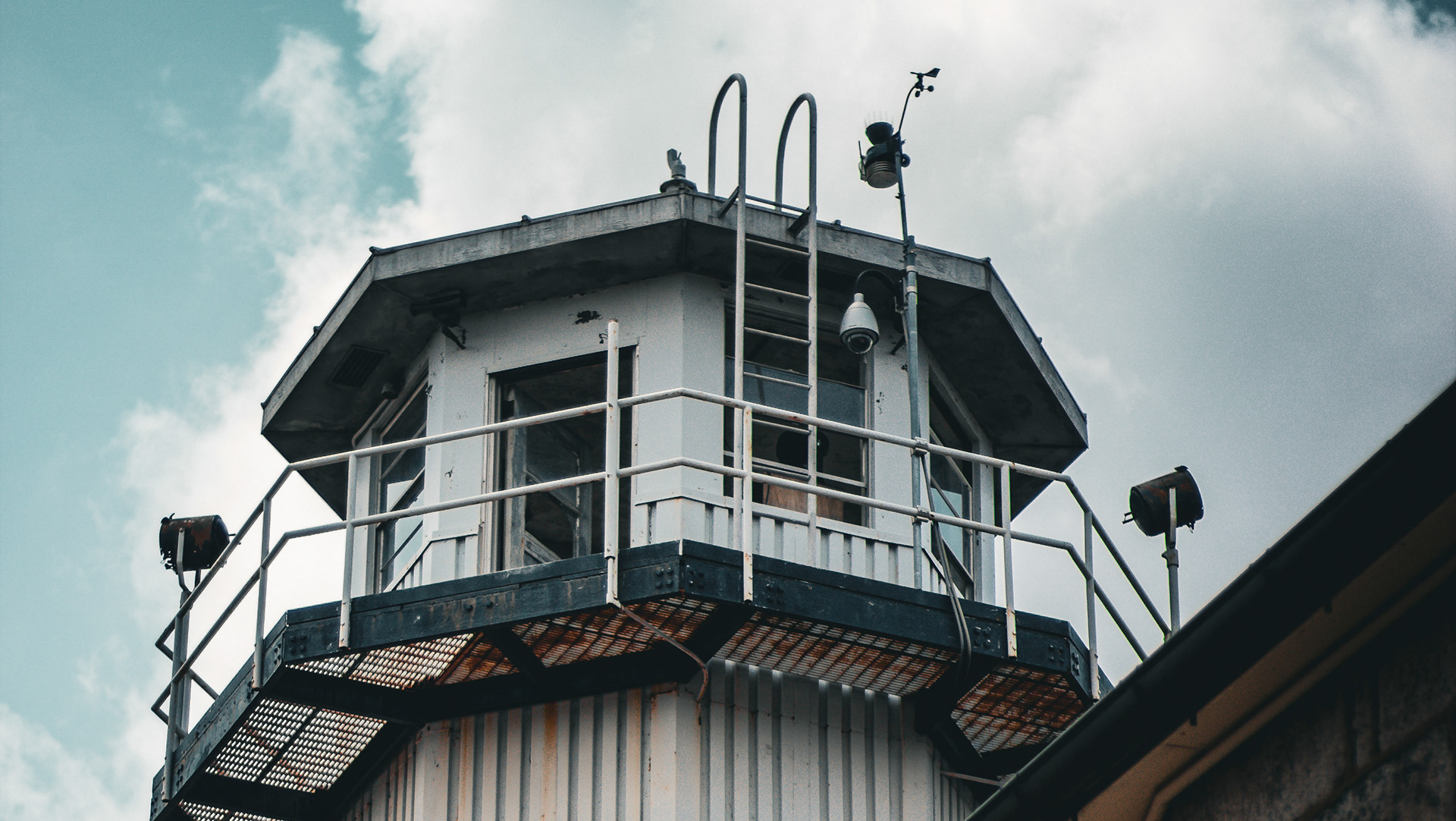Rome's History spans 28 centuries. While roman mythology dates the founding of Rome at around 753 BC, the site has been inhabited for much longer, making it a major human settlement for almost three millennia and one of the oldest cities in Europe.
The city's early population originated from a mix of Latins, Etruscans and Sabines. Eventually, the city successively became the capital of the roman kingdom, the roman republic and the roman empire, and is regarded by many as the first-ever Imperial city and metropolis.
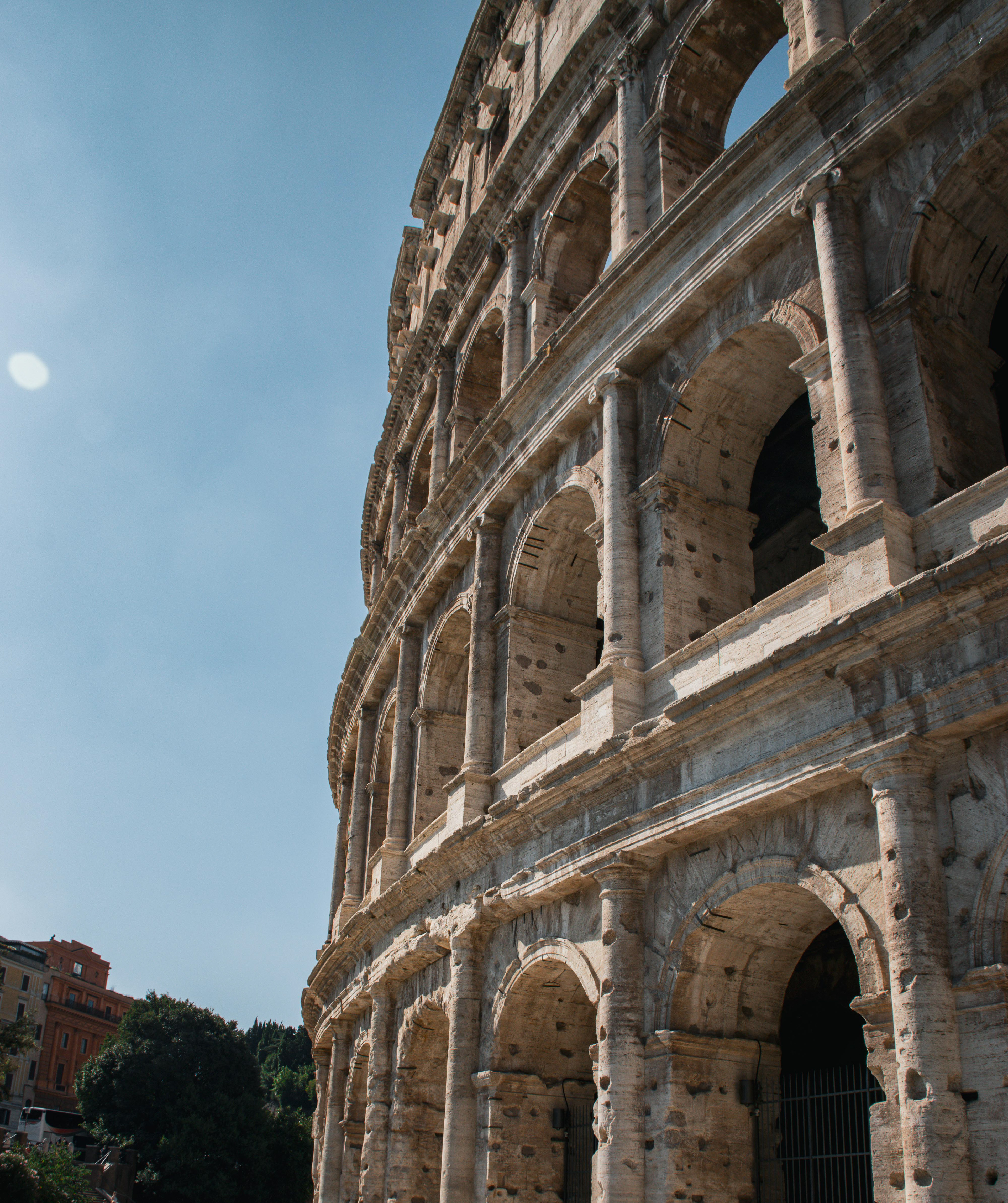
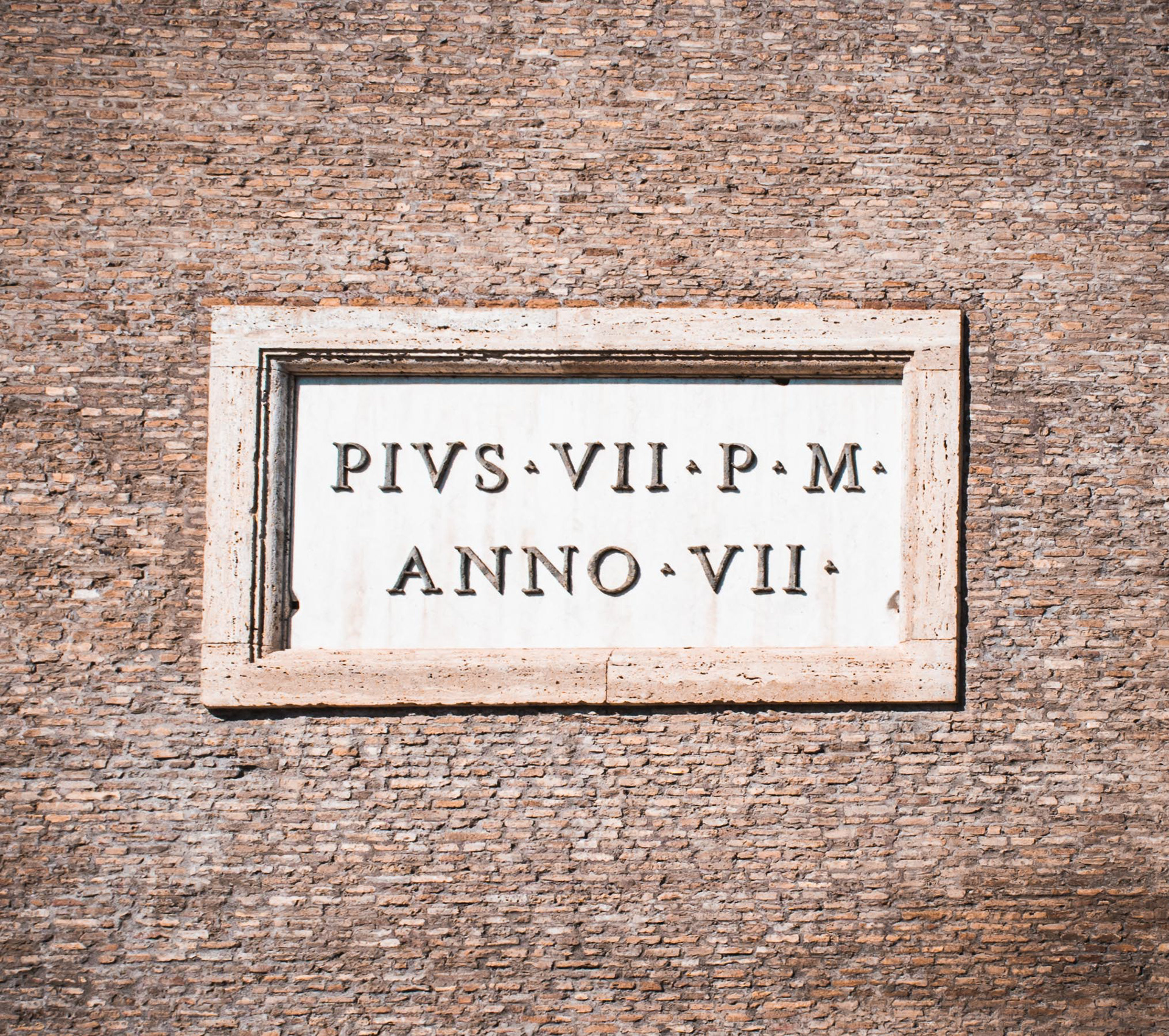
Pope Pius VII
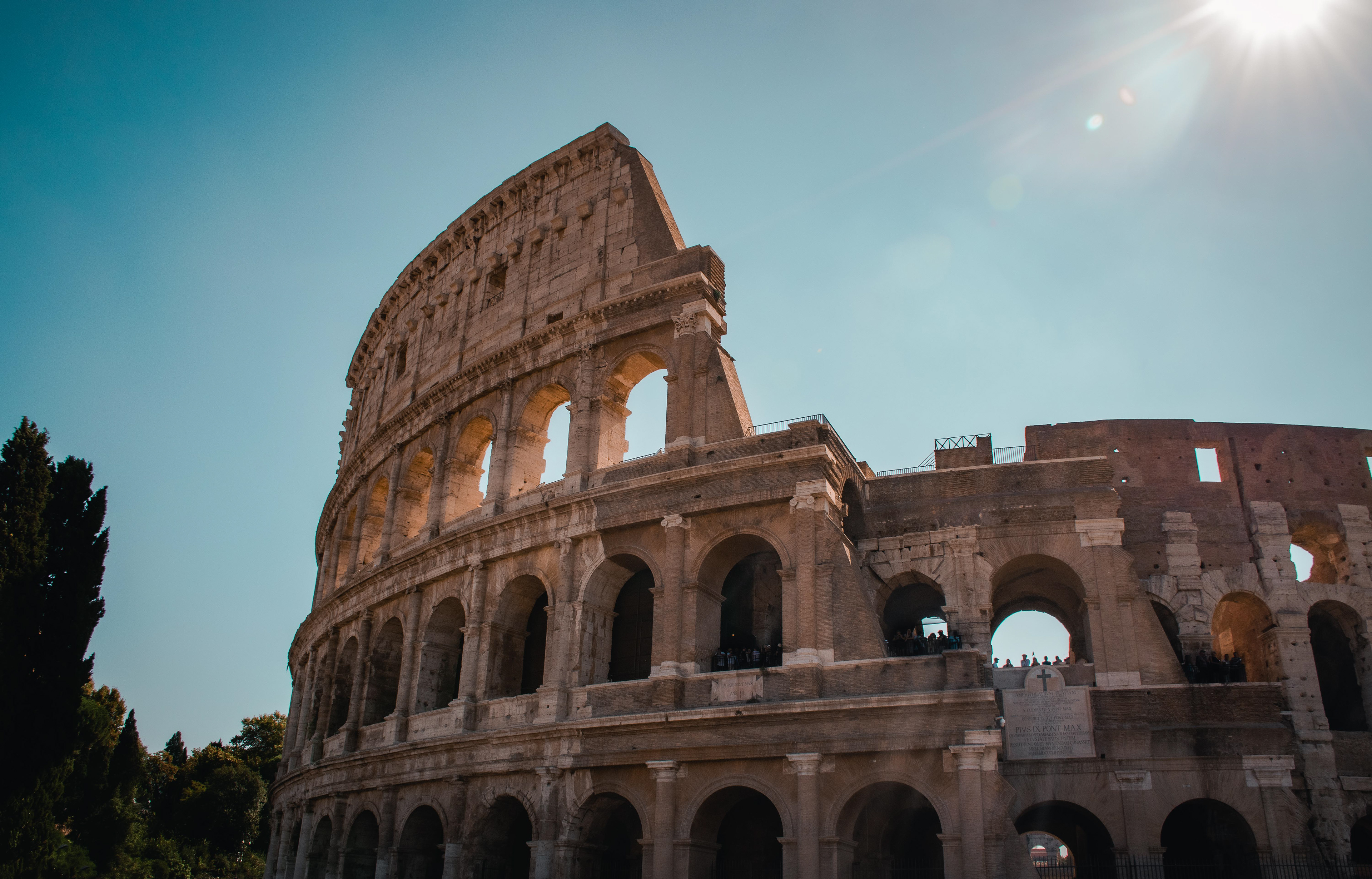
Colosseum

The Colosseum is built of travertine limestone, tuff (volcanic rock), and brick-faced concrete. It could hold an estimated 50,000 to 80,000 spectators at various points in its history, having an average audience of some 65,000.
it was used for gladiatorial contests and public spectacles including animal hunts, executions, re-enactments of famous battles, and dramas based on Roman mythology, and briefly mock sea battles. The building ceased to be used for entertainment in the early medieval era.
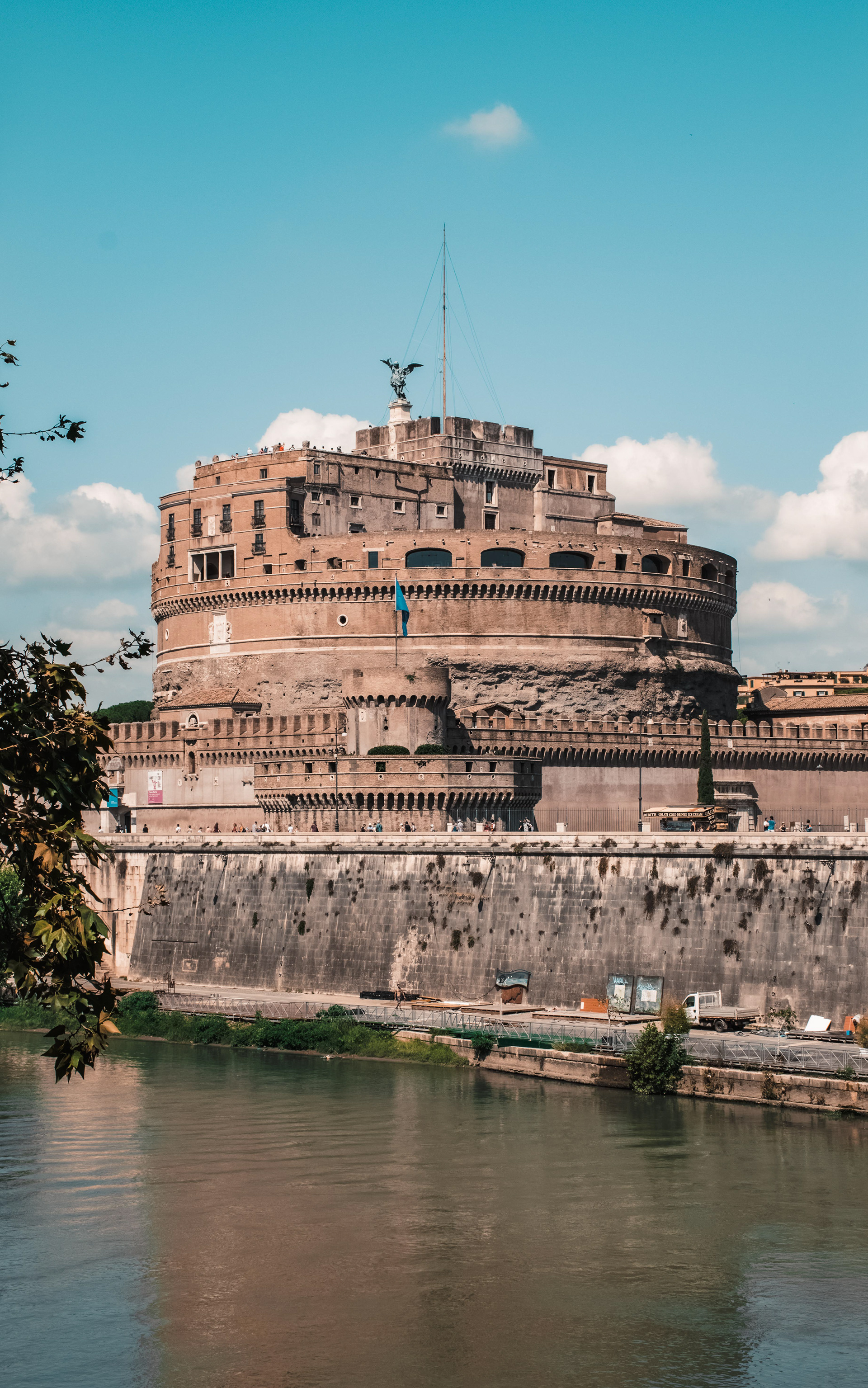
Castel Sant'Angelo

Castel Sant'Angelo
The popes converted the structure into a castle, beginning in the 14th century; Pope Nicholas III connected the castle to St Peter's Basilica by a covered fortified corridor called the pasetto di Borgo.
The fortress was the refuge of Pope Clement VII from the siege of Charles V's landksnchete during the Sack of Rome (1527), in which Benvenuto Cellini describes strolling the ramparts and shooting enemy soldiers.
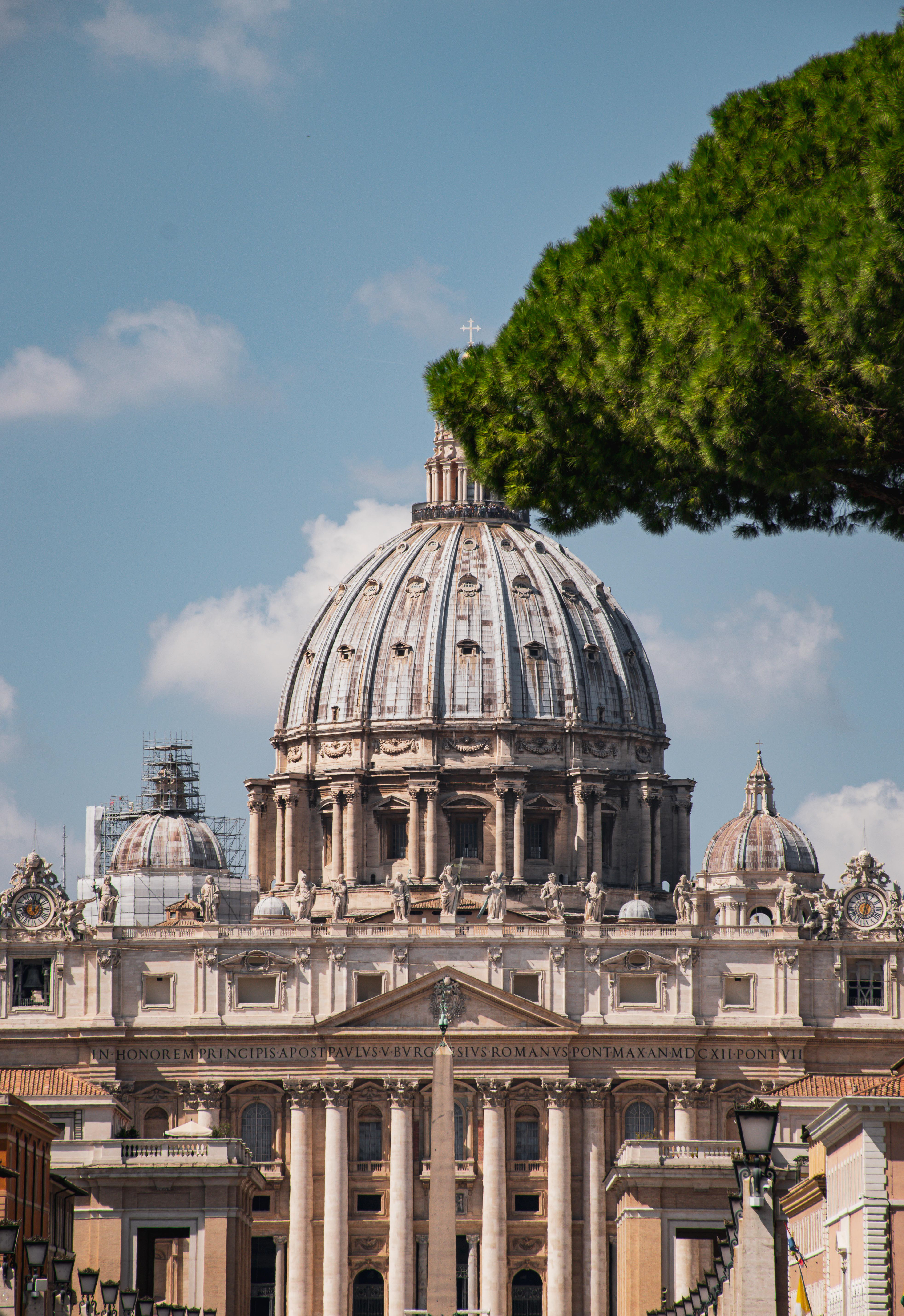
St. Peter's Basilica
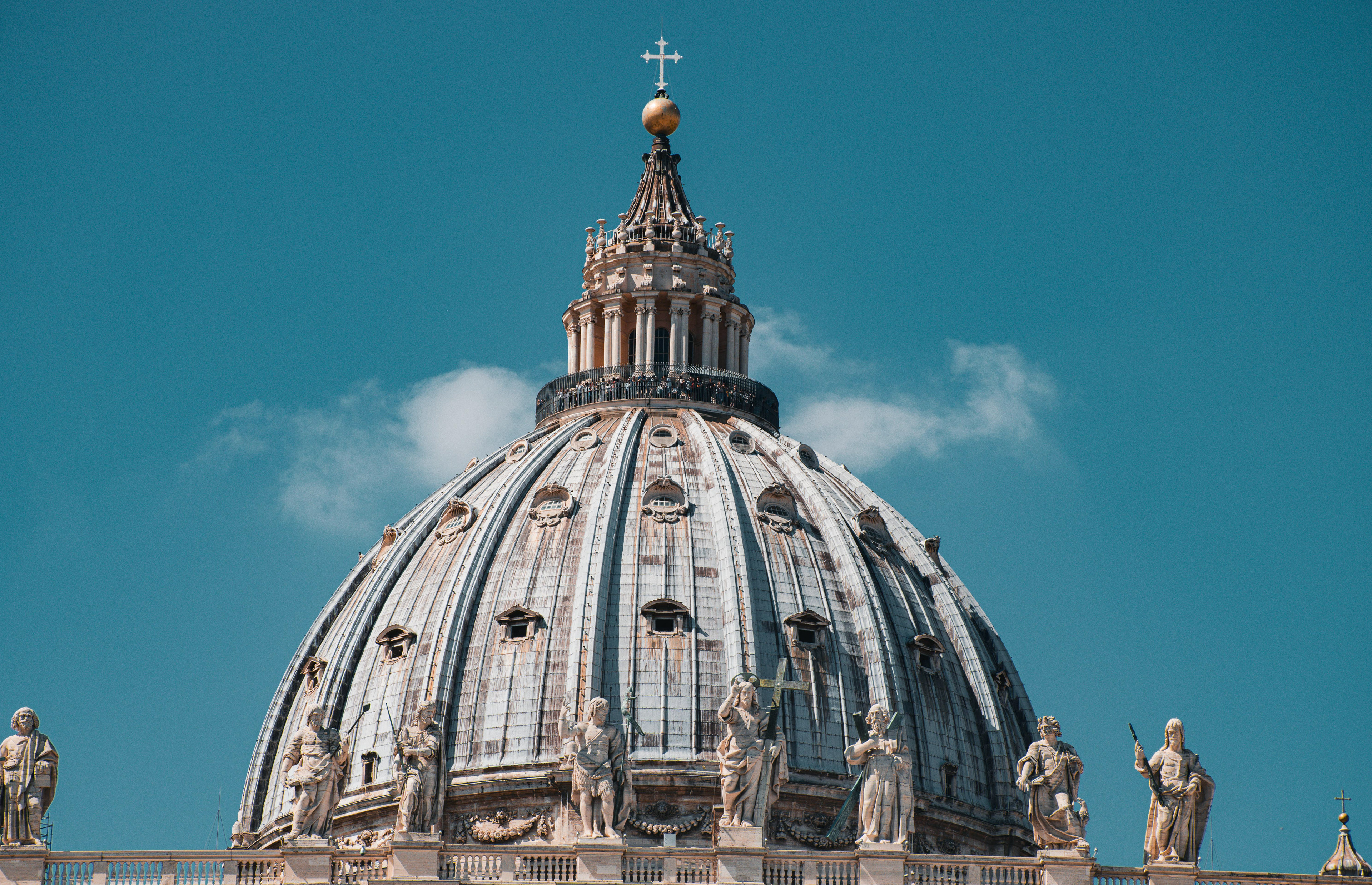
St. Peter's Basilica Dome

Fountain of St. Peter's Square

St. Peter's Basilica view
Rome was first called The Eternal City (La Città Eterna) by the Roman poet Tibullus in the 1st century BC, and the expression was also taken up by Ovid, Virgil, and Livy.
Rome is also called "Caput Mundi" (Capital of the World). After the fall of the Empire in the west, which marked the beginning of the Middle Ages, Rome slowly fell under the political control of the Papacy, and in the 8th century, it became the capital of the Papal States, which lasted until 1870.
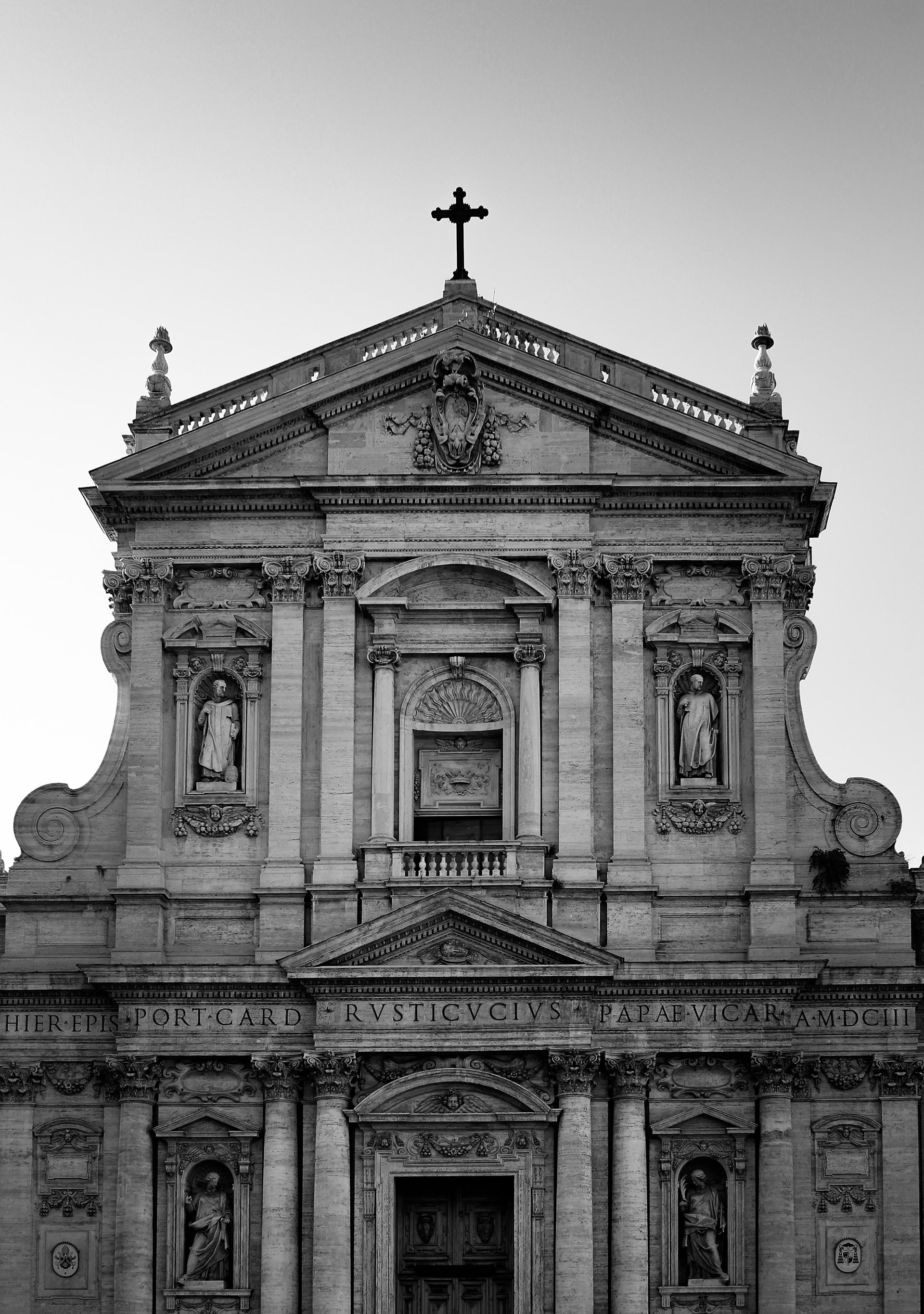
Chiesa di Santa Susanna alle Terme di Diocleziano
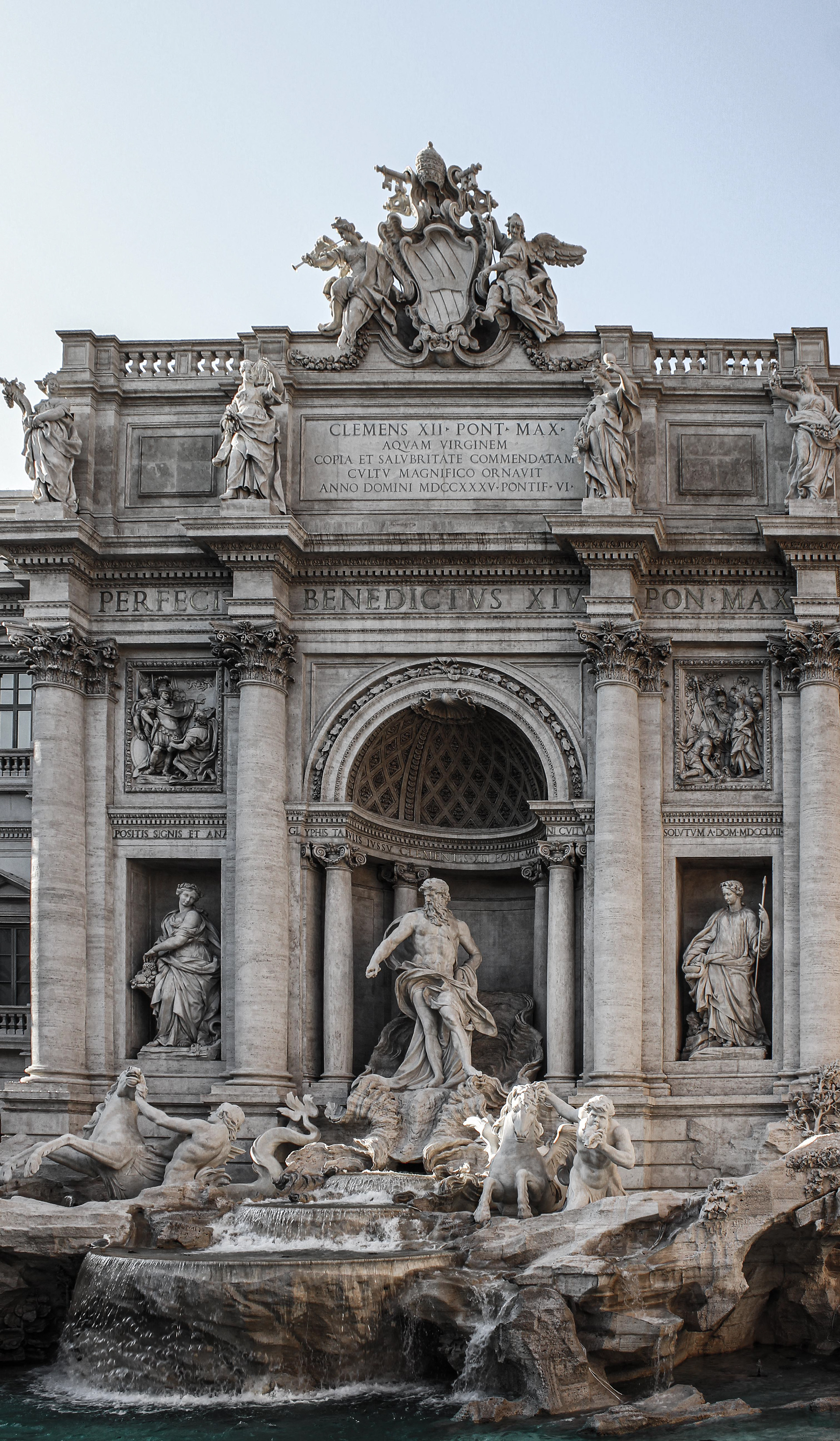
Fontana di Trevi
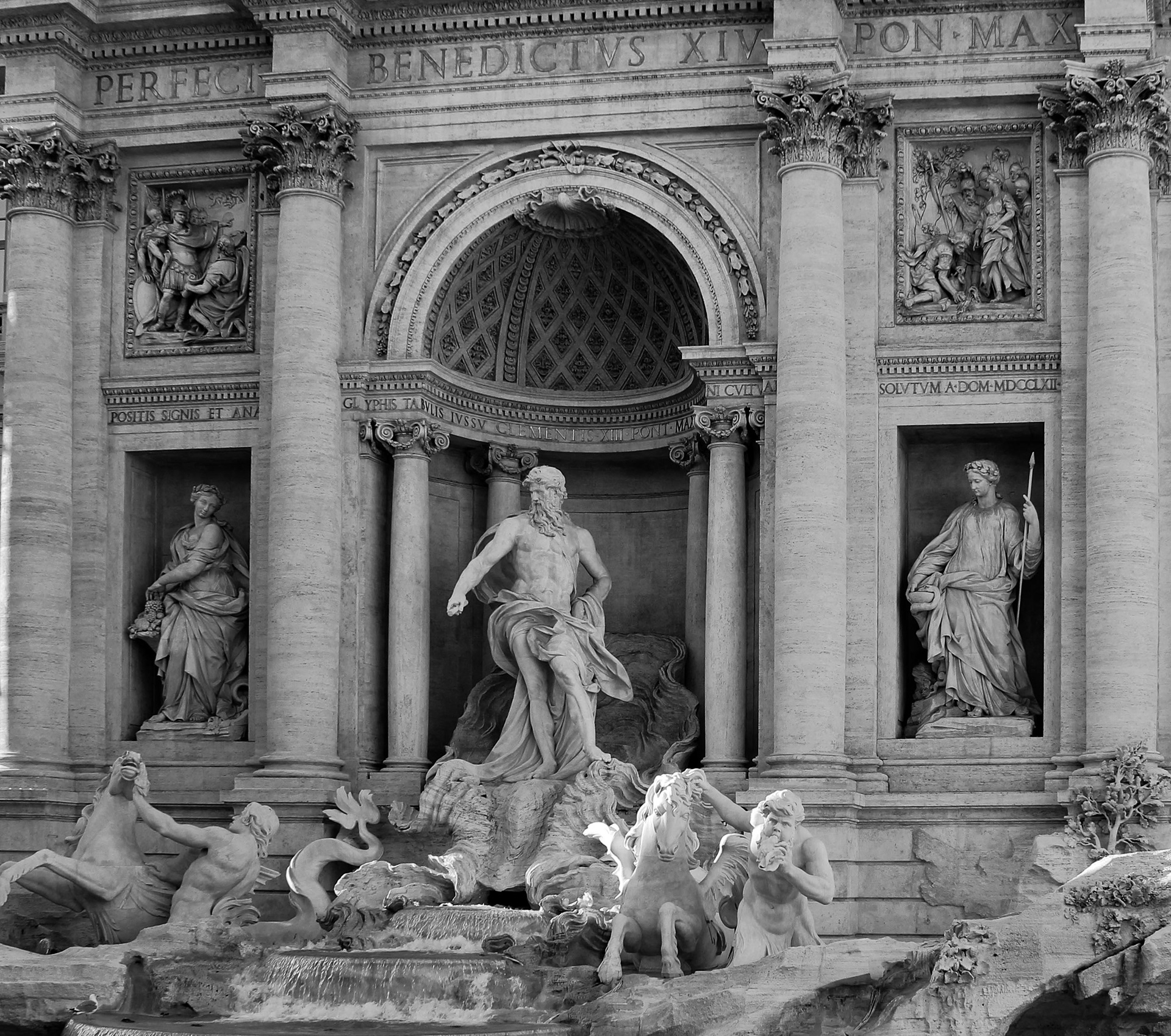
Fontana di Trevi

Pantheon

Arch of constantine
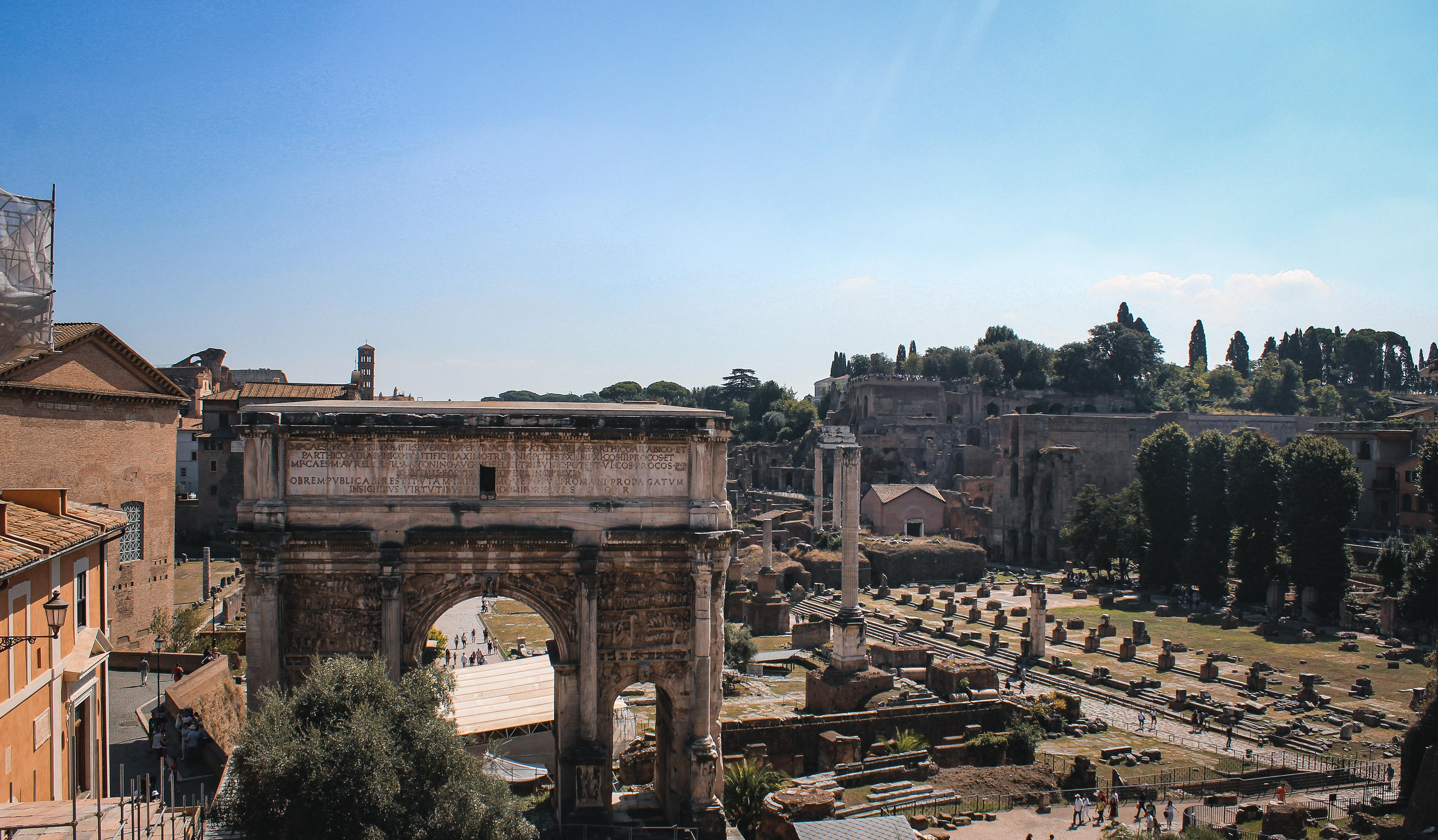
arch of constantine
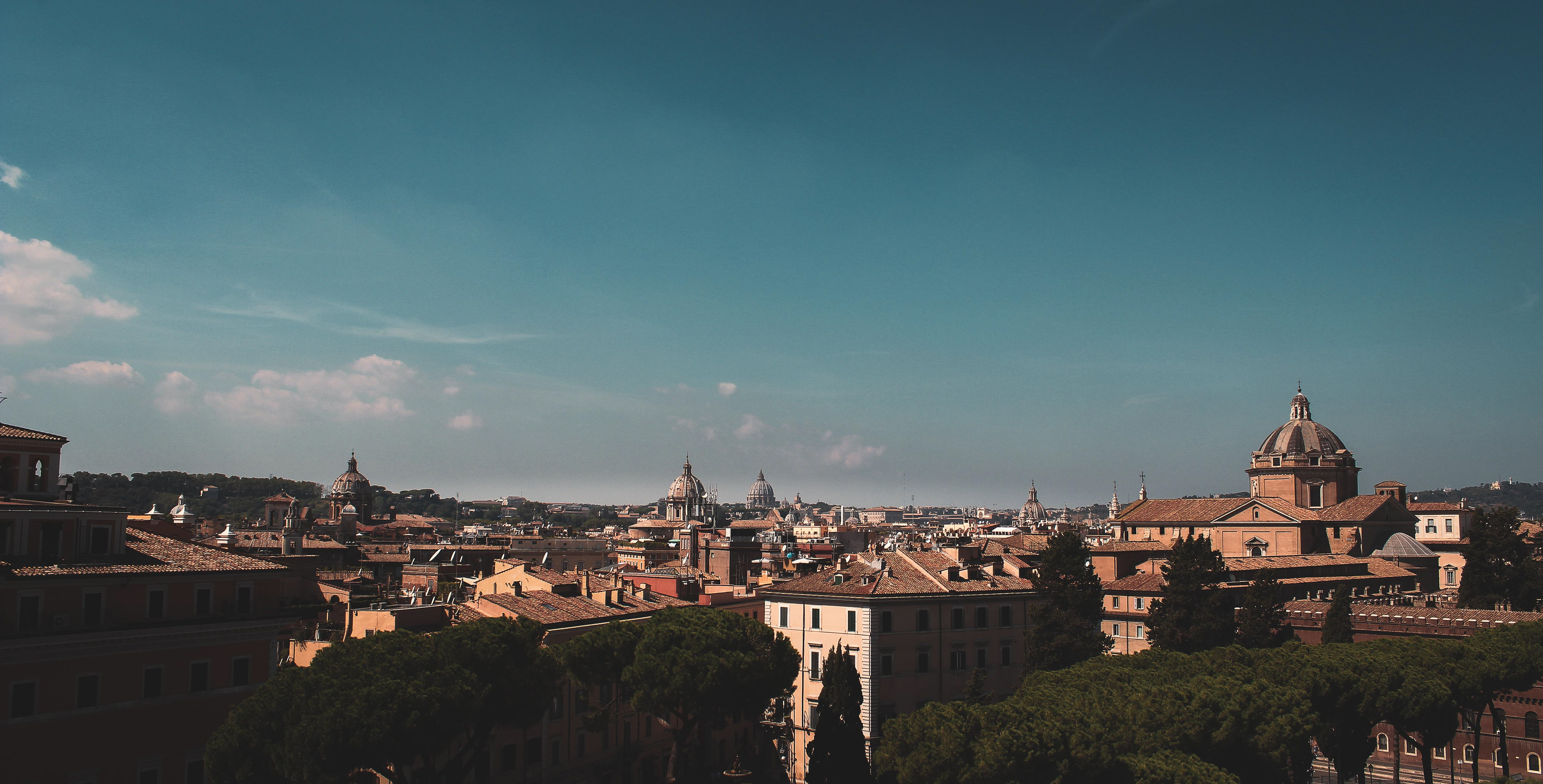
Rome View
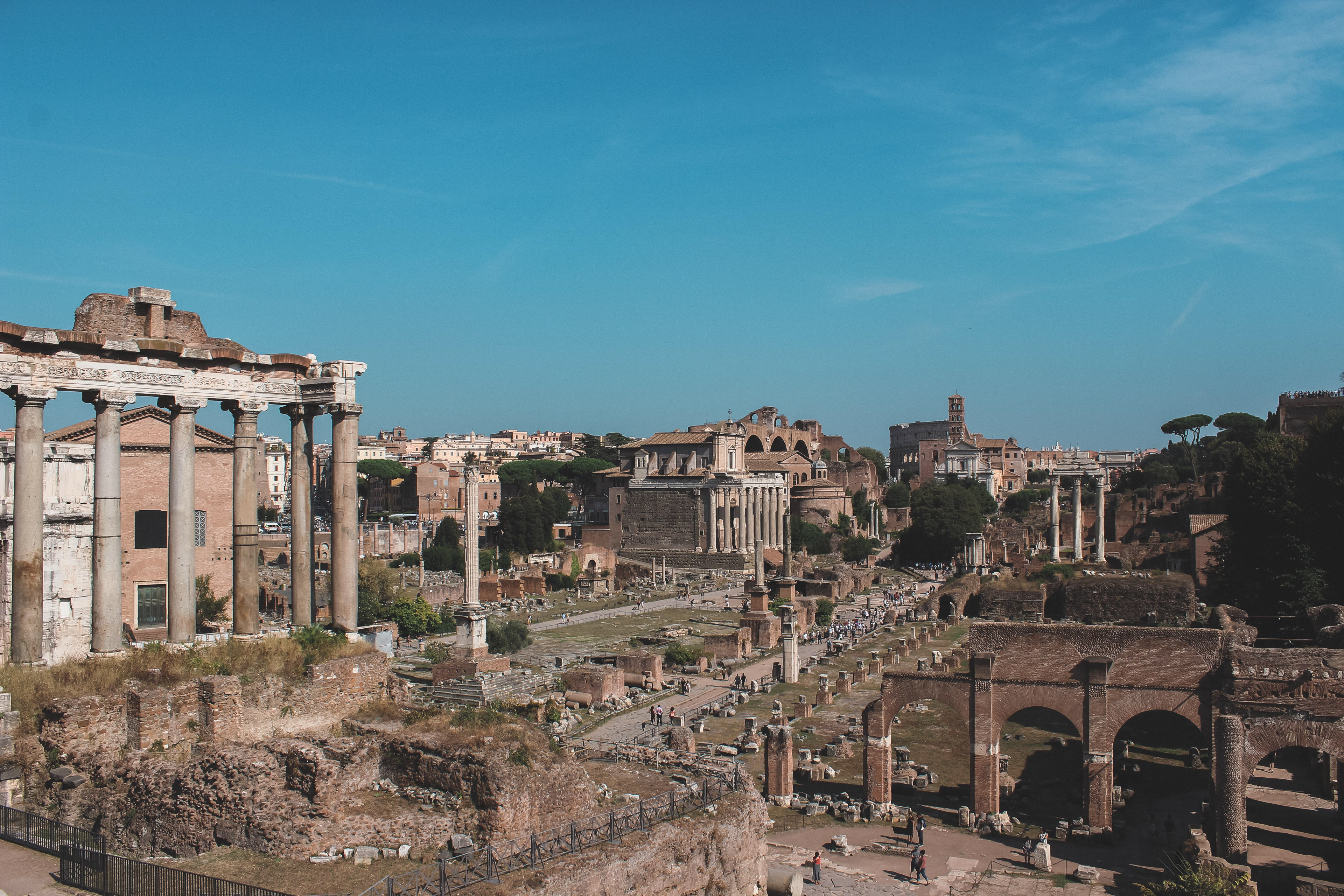
Palatine Hill

Piazza Venezia View
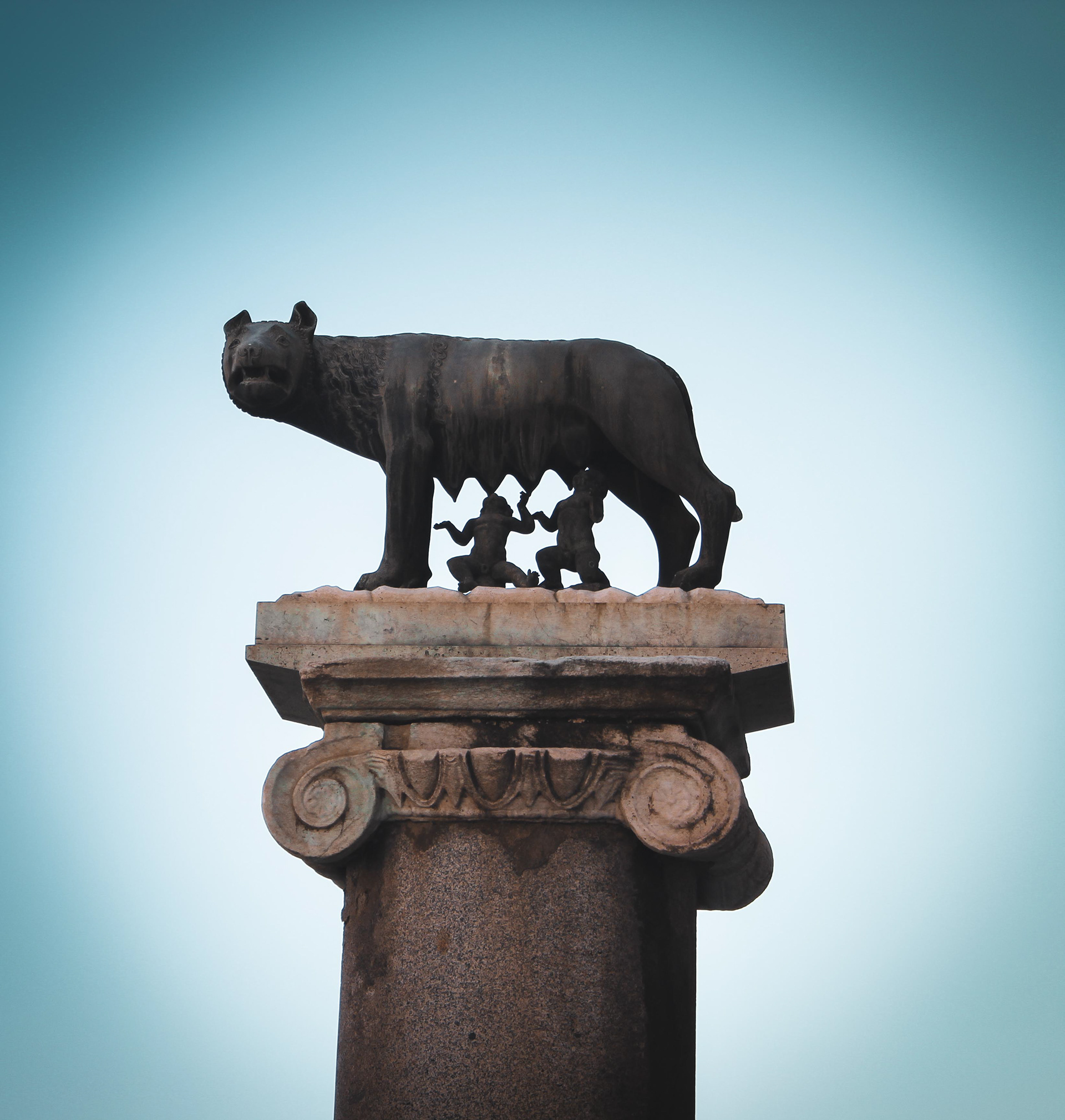
Capitoline Wolf Lupa

Casertavecchia is a frazione of Caserta, Italy. It is the site of a former medieval village that lies at the foot of the Tifatini Mountains located 10km north-east of the City of Caserta, at an altitude of approximately 401 meters. Its name, translated from Italian, means "Old Caserta".
The origins of Casertavecchia are uncertain, but according to the Benedictine monk, Erchempert, in Ystoriola Langobardorum Beneventi degentium, the village was founded in 861 AD.

The Cathedral of St. Michael (Tower)

The Cathedral of St. Michael
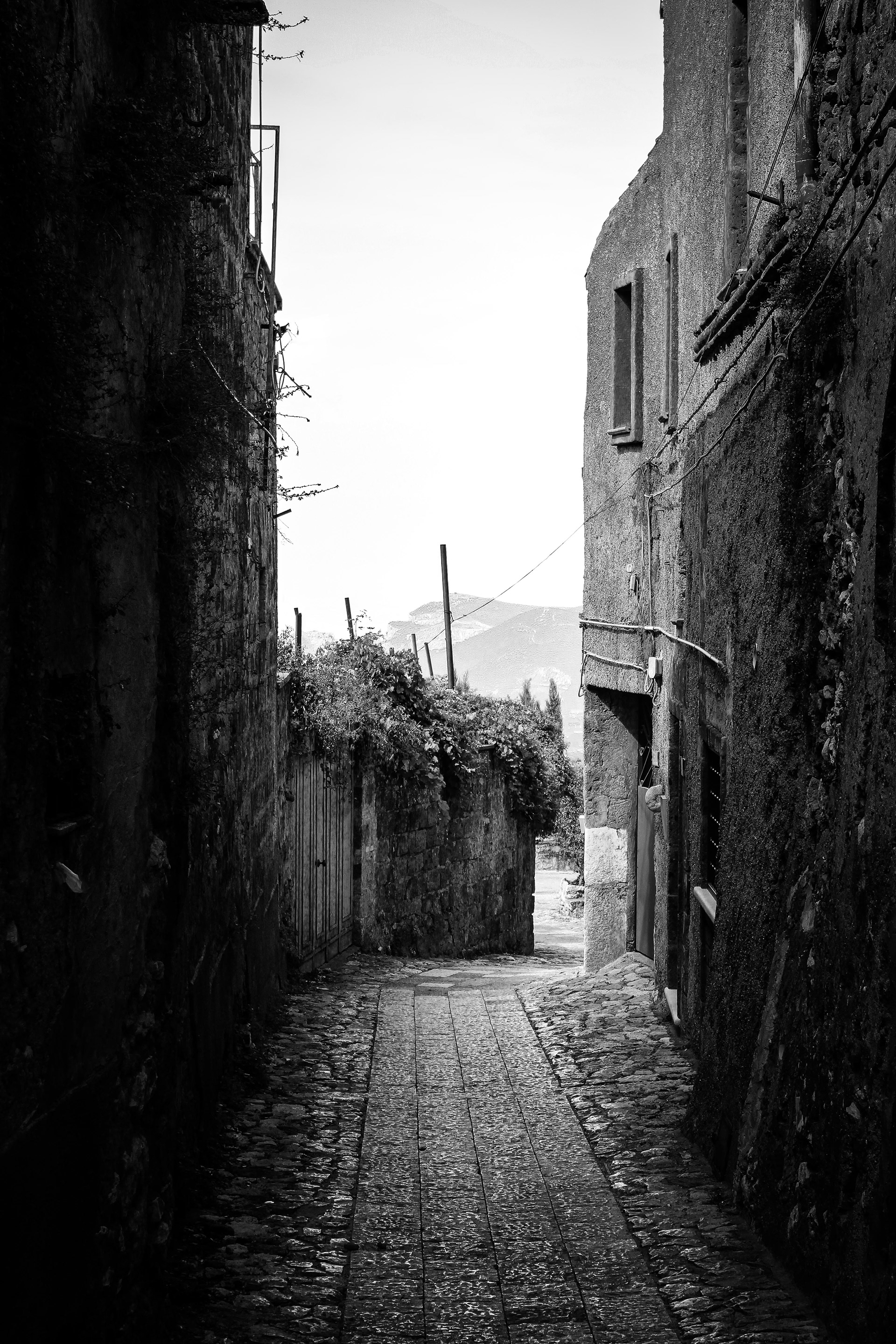
Casertavecchia
